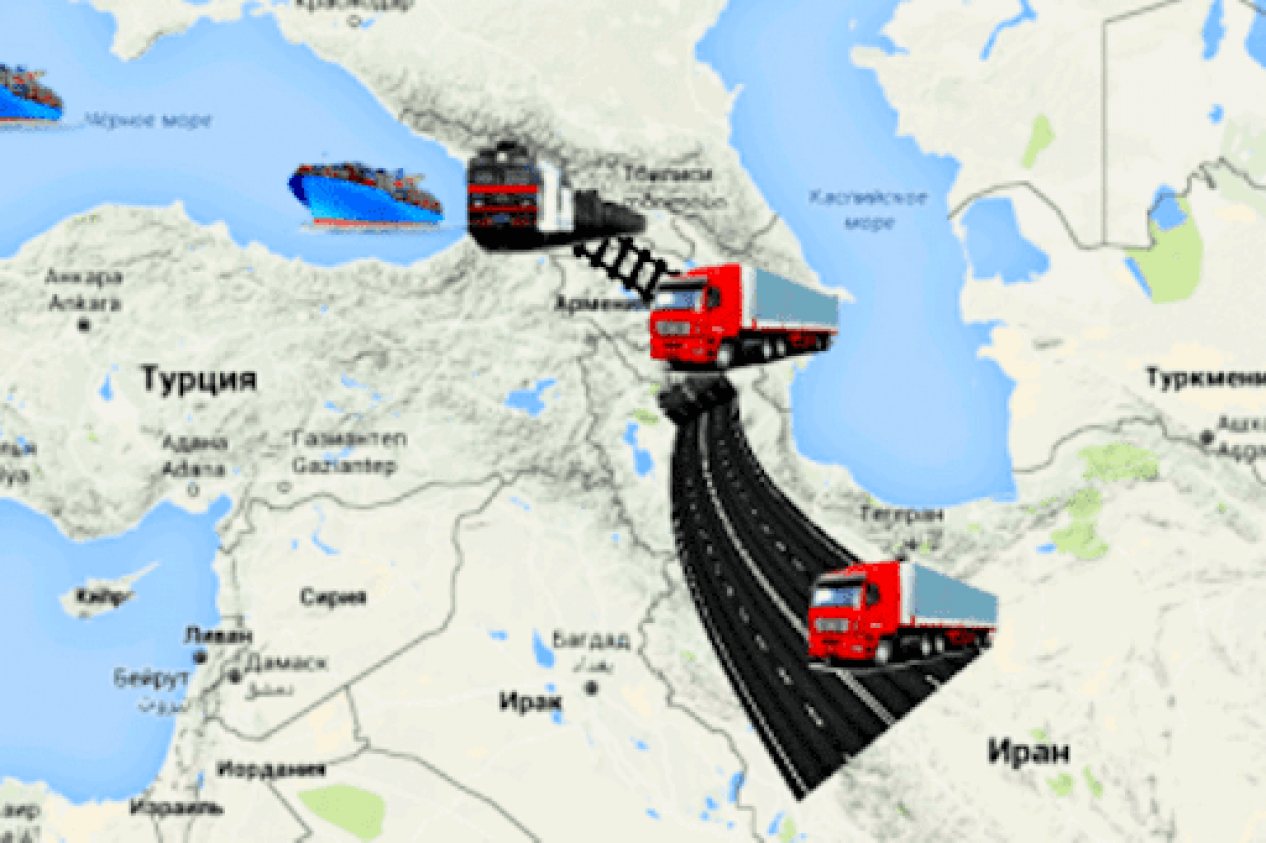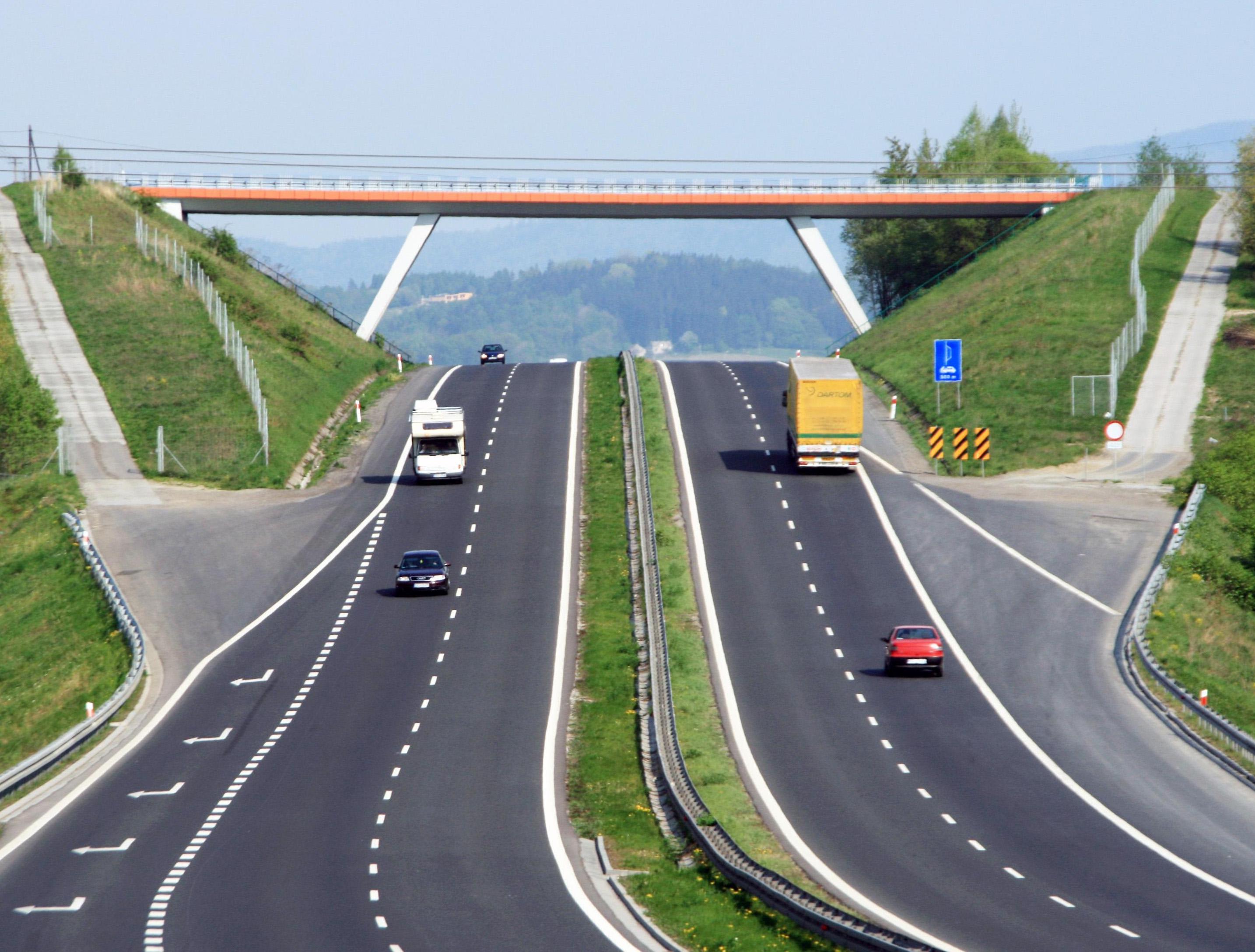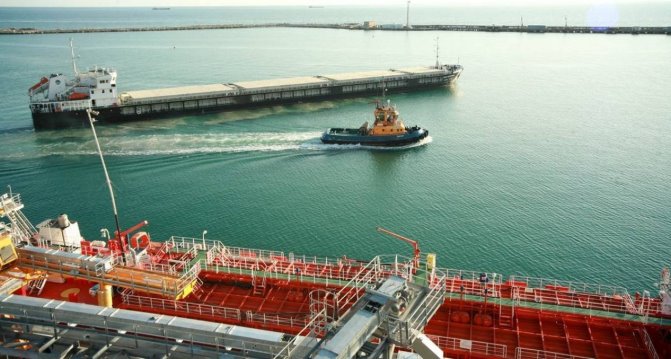
In connection with the economic situation in Armenia, many ways out of the crisis situation have been discussed and proposed in this country lately. One of them is the opening of the Persian Gulf-Black Sea transport corridor.

Recently, Armenian Foreign Minister Ararat Mirzoyan has held a conversation with his Iranian counterpart Hossein Amirabdollahian. In addition to the fact that the ministers congratulated each other on the appointment, they also expressed the hope that by joint efforts “it will be possible to give a new impetus to the Armenian-Iranian relations based on centuries-old good-neighborly ties.”
Armenian media reported that the parties stressed the importance of the Persian Gulf-Black Sea transport corridor, as well as the need to draw up and implement a multilateral agreement for this purpose.
The proposed route of the corridor is as follows: Meghri-Vayots Dzor-Yeraskh by road, then by rail to the seaport of Poti in Georgia, from where through the Black Sea to the Bulgarian ports of Varna and Burgas.
Let’s try to figure out to what extent the project is feasible, why it was on the agenda, and how effective the role of Armenia is in it.
Let’s start with the fact that this topic has been raised repeatedly for many years now, and each time representatives of the Islamic Republic of Iran express the readiness of the leadership of their country in the issue of “activating this important corridor,” which is aimed not only at economic development, but also at ensuring security of the region.
As for Armenia, practically all political parties that took part in the last parliamentary elections included the clause on the Persian Gulf-Black Sea corridor through Armenia in their pre-election promises. In their opinion, this project is an alternative to the “Zangezur Corridor” and will help bring Armenia to the big world through Iran.
Firstly, to what extent is this project feasible, while the West doesn’t welcome the involvement of Iran in projects in the region?
In addition to Iran and Armenia, Georgia, Bulgaria and Greece may be involved in the project. According to some analysts, at the first order from the US, these three countries may quit the game.

Secondly, who will finance this project?
Speaking specifically about the Persian Gulf-Black Sea project, Iran itself is the only more or less solvent state along the route. Armenia and Georgia aren’t considered as potential investors at all. The financial position of Greece and Bulgaria, which have considerable debts within the EU, don’t add optimism, either.
Is Iran ready to pay for every country? This is unlikely, because at one time Tehran refused to finance even the Armenian section of the North-South railway from its border to the border with Georgia. Of 316 kilometers of the corridor, only 60 falls on Iran, while the rest is on the territory of Armenia.
In August 2014, the Armenian government approved a preliminary program for the construction of the Iran-Armenia railway worth $3.5 billion. The project included a railroad track of 316 kilometers, 64 bridges, 60 tunnels and 27 stations. Construction was expected to be completed in 2022. But to this day not even a meter of the railway has been laid. Armenia didn’t find three billion for the implementation of the project, and Iran refused to pay for it. “The Iranian side is ready to launch a railway with Armenia, but on one condition,” Iranian Ambassador to Armenia Seyed Kazem Sajjadi said at an event in Yerevan in 2018. “The Armenian side should try to find investors.”
In short, not everything is so good, taking into account the geopolitical situation and financial problems of the project initiator.
Finally, in all likelihood, Armenia, dealing with the Iranian project, is trying to delay the solution of the “Zangezur Corridor” issue indefinitely.
Thus, the Persian Gulf-Black Sea transport project, which Iran and Armenia are discussing today, has no prospects, is difficult to implement, full of risks and has been put on the agenda solely for reasons of countering the “Zangezur Corridor.”




















